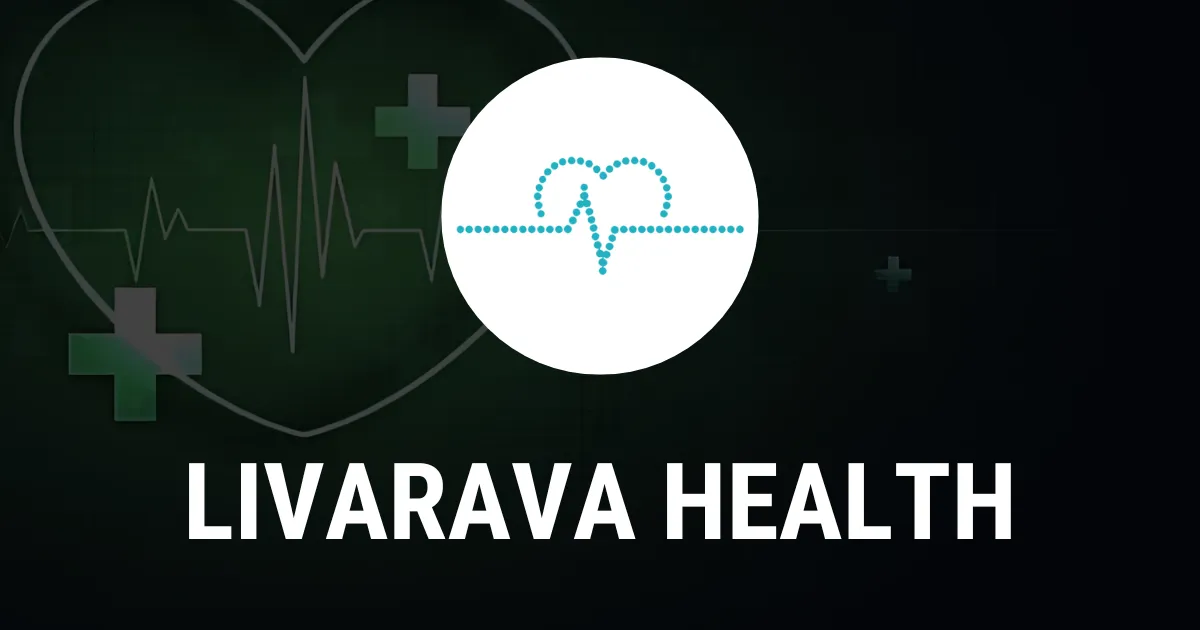Breast Density and Mammograms: Understanding the New FDA Rule

Understanding Breast Density and Its Importance
Breast density impacts the effectiveness of mammograms. It is classified into four categories: fatty, scattered tissue, heterogeneously dense, and extremely dense. The density can obscure potential tumors, making them more challenging to detect.
New FDA Regulations for Mammogram Reporting
The newly introduced FDA rule mandates that mammogram results include detailed information on breast density. This change is significant as it provides women with more comprehensive insights into their screening results.
Why This Matters to Women's Health
- Informed Decisions: Access to breast density information empowers women to consult with their healthcare providers.
- Personalized Screening: Women may need additional screenings based on their density category.
- Increased Awareness: Knowledge about breast density improves understanding of cancer risks.
Impact on Future Screening Practices
This regulation is expected to enhance preventive healthcare for women, aiding in early cancer detection through informed screening choices.
Disclaimer: The information provided on this site is for informational purposes only and is not intended as medical advice. We are not responsible for any actions taken based on the content of this site. Always consult a qualified healthcare provider for medical advice, diagnosis, and treatment. We source our news from reputable sources and provide links to the original articles. We do not endorse or assume responsibility for the accuracy of the information contained in external sources.
This article was prepared using information from open sources in accordance with the principles of Ethical Policy. The editorial team is not responsible for absolute accuracy, as it relies on data from the sources referenced.